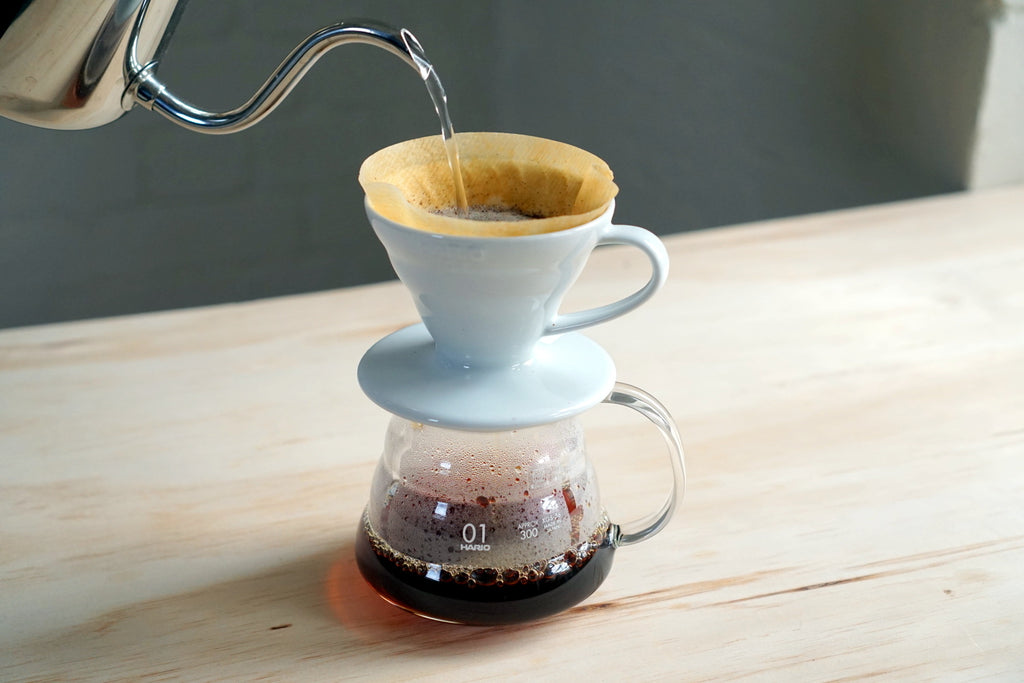 Hario V60 Ceramic Dripper at Weekenders Coffee in Kyoto
Hario V60 Ceramic Dripper at Weekenders Coffee in Kyoto
A quick look may deceive you. While it appears to be a porcelain coffee cup upon a saucer, this is actually the Hario V60, among the most – if not the most – popular means to brew a single cup of coffee with the pour-over method.
You're likely familiar with the concept of the third wave of coffee,but we'll reiterate that it's a movement of coffee appreciation and enjoyment that's rapidly eclipsing the idea of coffee as a mere commodity. In this realm of coffee culture, the Hario V60 has emerged as a staple tool – an all but required component of proper single-cup brewing.
This honor was not given lightly to the V60, but earned as a product of its outstanding capabilities. As such, the simple device has earned the respect and love of both baristas and coffee enthusiasts the world over.
To fully understand the V60's points of excellence, it's important to first explore the history of the people behind its creation.
Who is Hario?
 Hario Building in Nihonbashi, Tokyo
Hario Building in Nihonbashi, Tokyo
Source: http://hot-cat.asablo.jp/
Hario is a glassware manufacturer that's headquartered in Japan. The company's beginnings date back to 1921, when Hario first launched in Kanda, Tokyo, not far from what is now Tokyo University. At the time of their launch, Hario specialized in providing heat-resistant glassware and tools for science and research centers throughout the area.
It wasn't until 1957 that Hario began expanding their product line to include kitchenware, a move that brought with it their line of coffee siphon equipment. Within a few years and thanks to the tinkering of a man named Tsuruoka san, Hario had created the first prototype of the V60 Dripper. The innovative product was the company's solution to a problem of the time. Namely, the complex nature of the preferred coffee brewing method in the late 1950s.
At that time, the most pervasive and preferred method of brewing coffee was the nel drip, a process that requires both practice and patience to execute well. Hario wanted to create a new method of brewing that preserved the quality output of nel drip while increasing practicality and ease-of-use. The goal wasn't out of the scope of Hario, as the company's background in laboratory equipment meant that their engineers were intimately familiar with paper filters and glassware of all shapes and sizes.
The V60 is Born
Enter the aforementioned Tsuruoka san who began his experimentation with cone-shaped glass funnels in the making of a pour-over brew. It's from this that the cone filter was first born and later released commercially in 1980, albeit not in conjunction with the V60 proper. The V60 Dripper – named for the 60-degree angle created by the shape of its cone – remained a prototype until Hario decided to revisit the design in 2004.
This re-visitation of the original V60 design is when it first began to blossom into its beloved design as we know it now. In 2004, Hario engineers added spiral-shaped ribs to the inside of the V60's distinctive funnel, a move meant to address issues caused by the diagonal ribs in similarly-designed brewers. In the straight-running diagonal ribs of these typical brewers, the filter would stick to the glass, impeding the flow of water throughout. This was not so with the spiral ribs of the V60's new design, which lifted the filter away from the glass and allowed the coffee to degas (or bloom) when making contact with water. In addition, the creation of a single large hole in the center allowed for more water to contact the coffee grounds, extracting more of the delightful and nuanced flavors from the same.
The V60 Emerges
 Iconic spiral ribbing of the V60
Iconic spiral ribbing of the V60
These changes in the pour-over process endowed the V60 with two salient advantages. Firstly, the brewer now closely approximated the extraction method of the nel drip. In addition, the V60 could produce both bold and clean flavors depending on the speed at which water was poured through.
With those seemingly-small tweaks to the original design some 60 years later, the V60 was able to rise to the forefront of the third wave coffee movement. By delivering a consistently clean cup of coffee and fully extracting all of the flavor and character of the beans used (while keeping the process simple) the V60 has claimed a rightfully-earned position at the top.
But the V60's journey to the center of coffee culture wasn't instantaneous, nor was it geographically adjacent. Hario's innovative design gained much of its early traction in the world's most coffee-drinking nation.
The V60 Triumphs
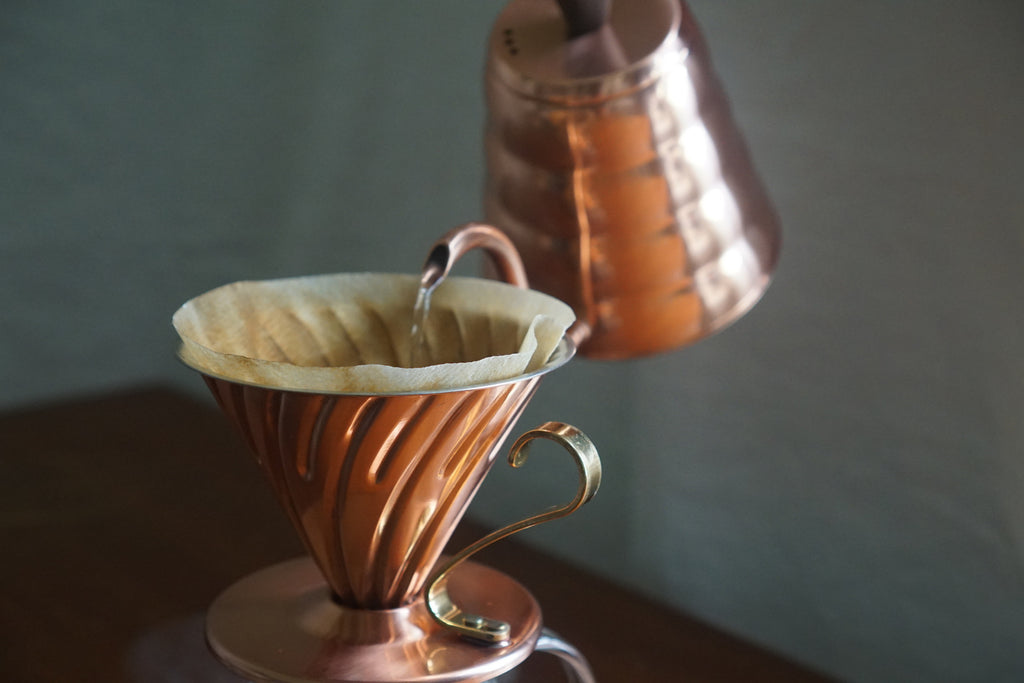 Hario V60 Copper Dripper
Hario V60 Copper Dripper
Like a 90s grunge rock band, the V60 first became a hit in Seattle, Washington – an American city known for its prominence in coffee's modern history. Coffee drinkers and those who served them quickly discovered a sort of tactile fondness for the V60 and its method. Carefully pouring a single cup of coffee for a customer was more intimate, almost ritualistic, and many likened the experience to another form of Japanese hospitality: the tea ceremony.
The V60 caught on in short order, and it wasn't long before Hario's design began to take on new forms and styles. Clear glass and colored ceramics, minimalist and pop-inspired, the Hario brewer spread and gained in popularity in countless new iterations and appearances.
In time, Intelligentsia Coffee began using red Hario V60s in their specialty shops and people well-known in the coffee subculture became brand ambassadors for the brewer. World Barista Champion Michael Phillips used the V60 to capture the championship title in 2010, and George Howell, founder of the Cup of Excellence program, touted his regular use of the V60. Thanks to this popularity in trendy coffee-drinking circles, the V60 now enjoys a great deal of popularity in its home nation of Japan.
The Future of Hario
Sales outside of Japan currently account for almost half of Hario's coffee equipment revenue. This is a testament to the company's profound impact on global coffee culture, a trend that we don't expect to slacken in times to come. Hario is still innovating, and their kettle and brewer designs are still helping to shape the world of coffee. They've earned their place at the forefront of filtered coffee equipment and from the look of things, Hario isn't likely to slow down long enough to give up their position.
Kurasu ships Hario equipmentworldwide from Japan - take a look here.



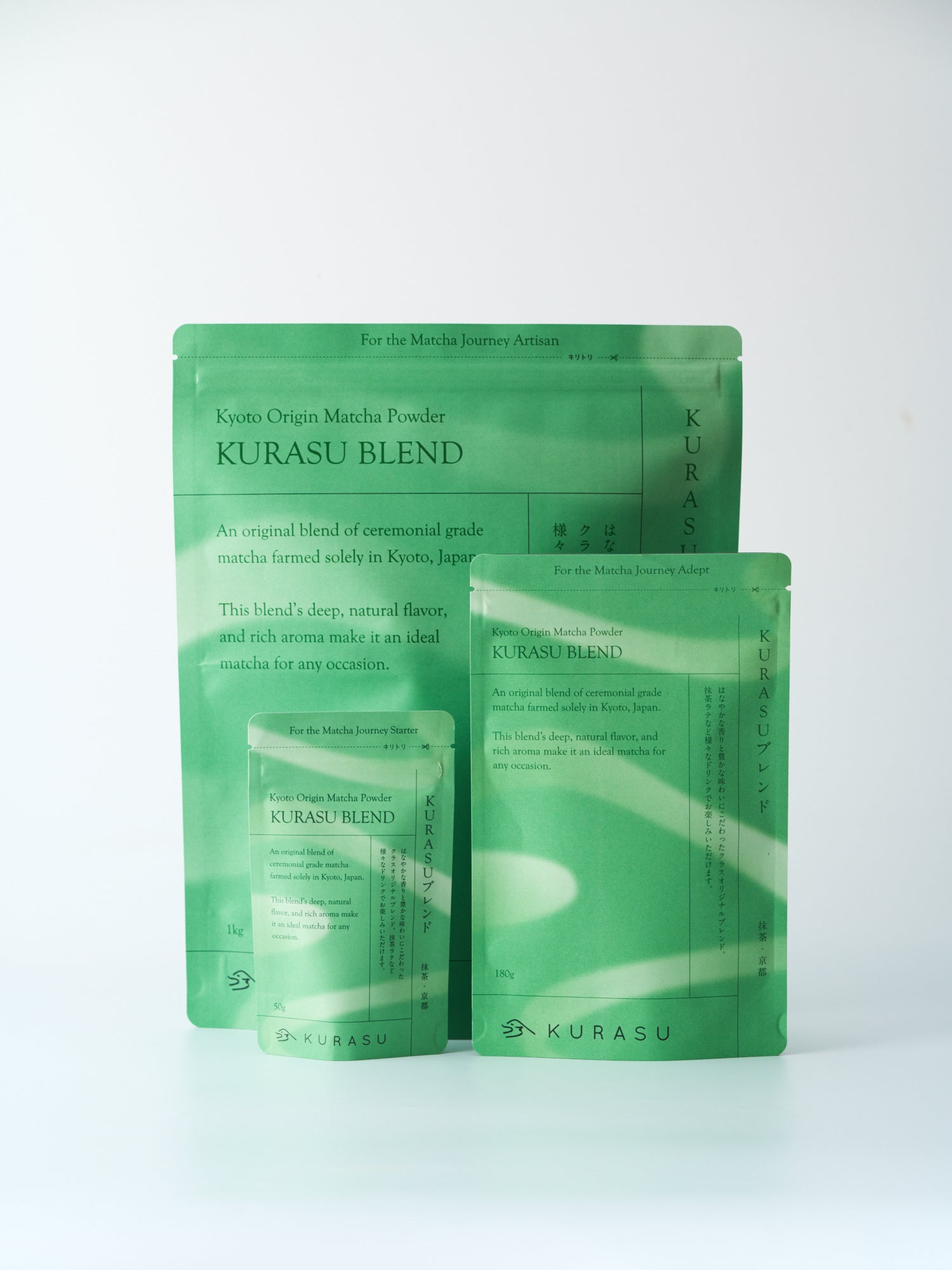
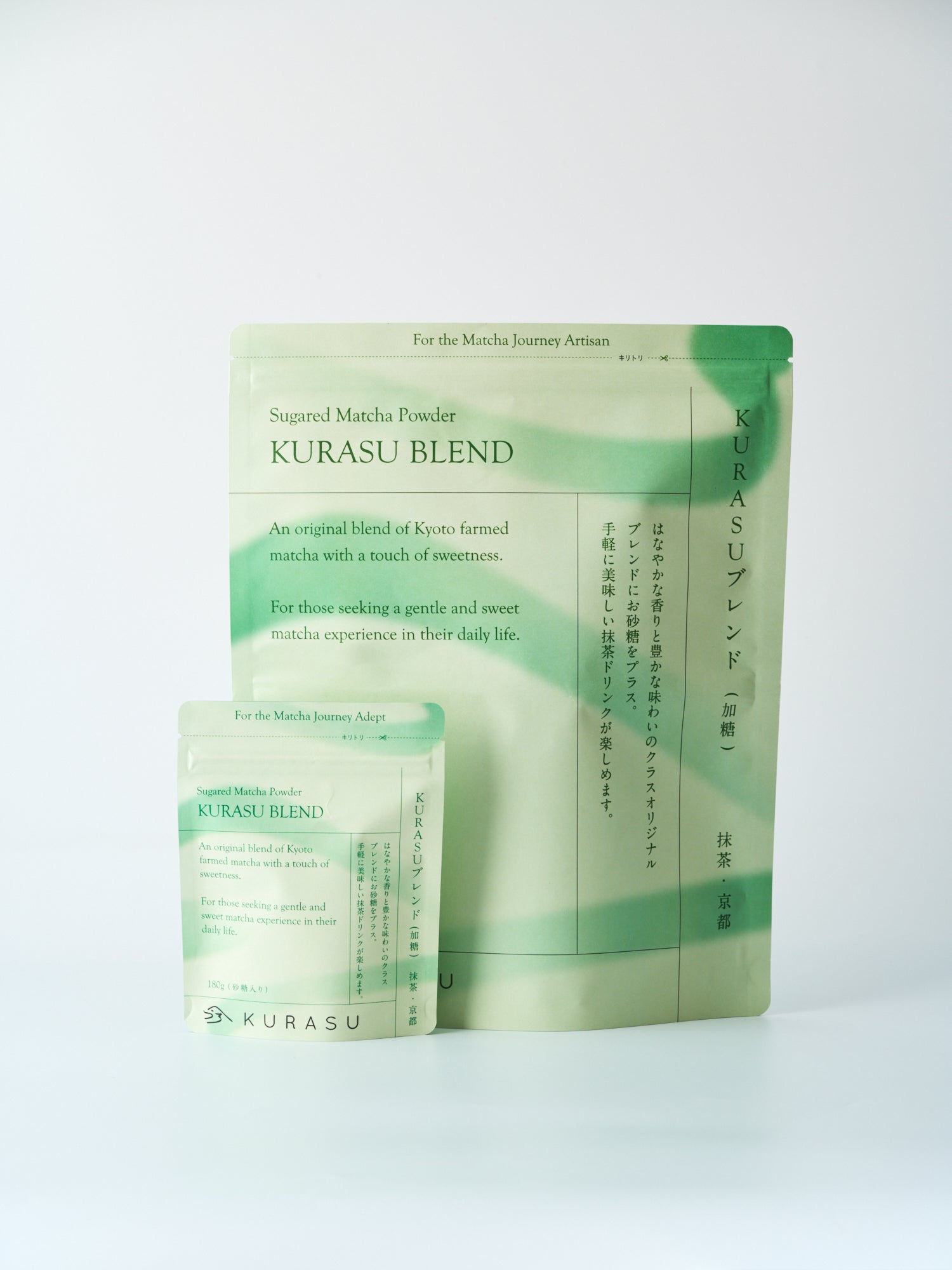
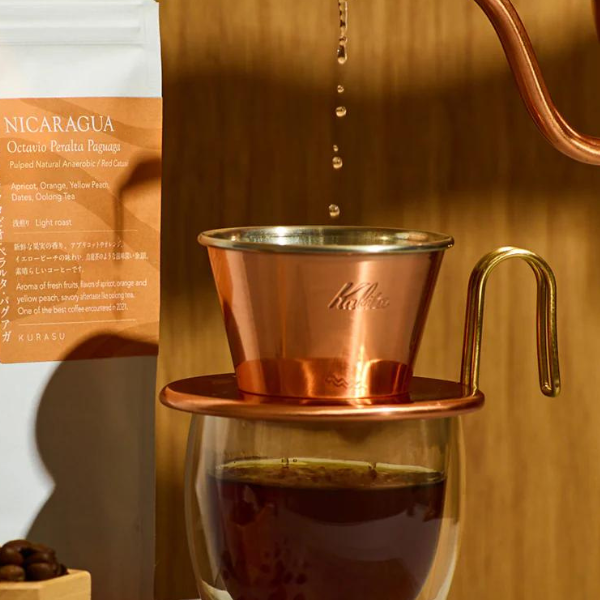
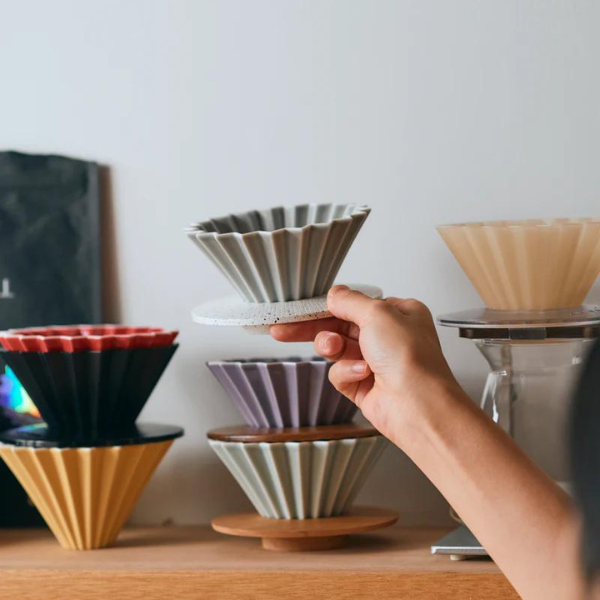
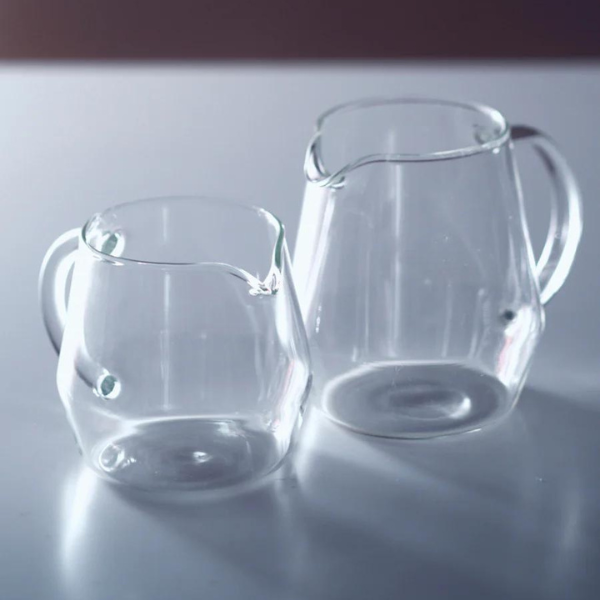
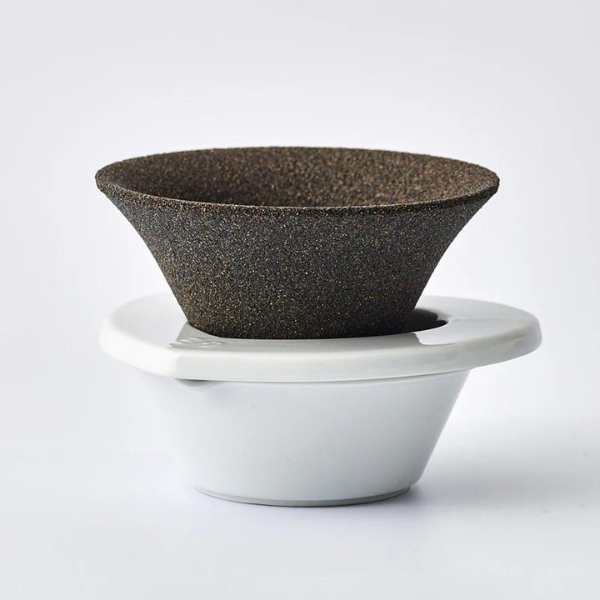
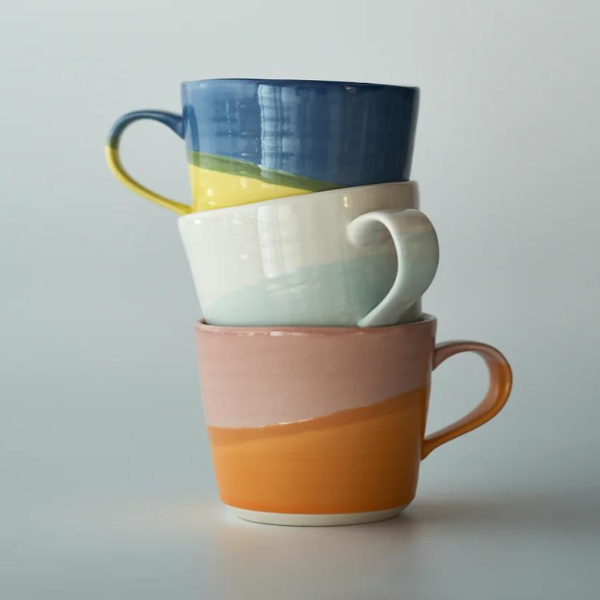
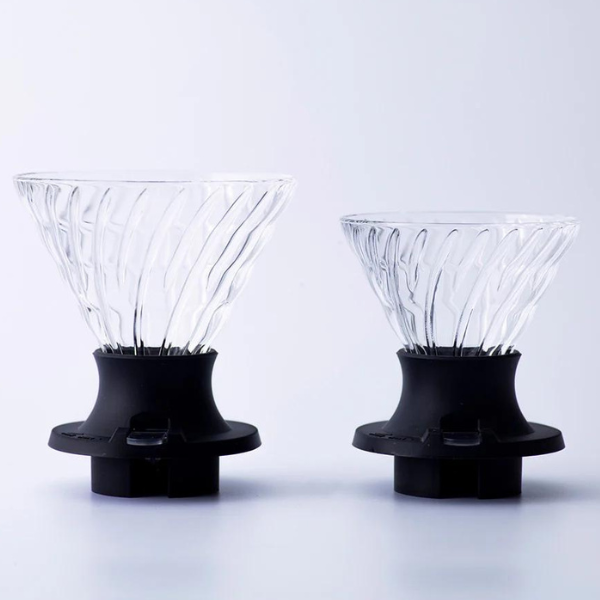
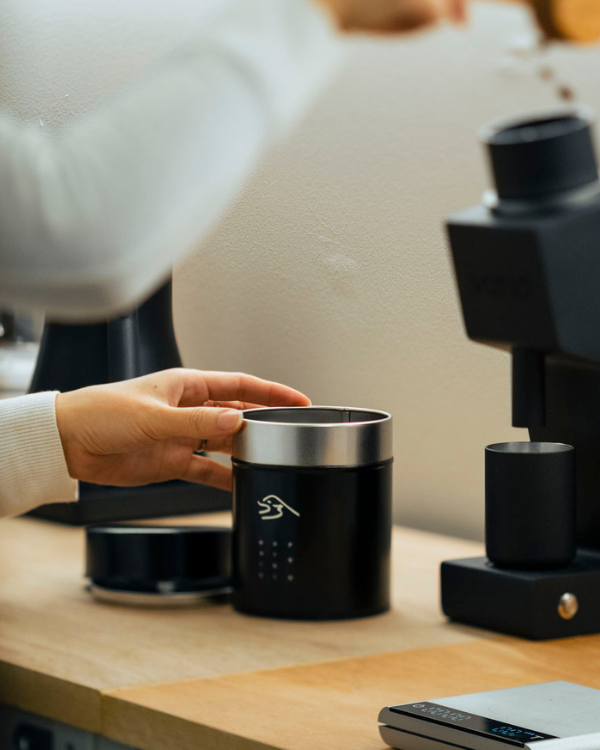

 Hario V60 Ceramic Dripper at Weekenders Coffee in Kyoto
Hario V60 Ceramic Dripper at Weekenders Coffee in Kyoto Hario Building in Nihonbashi, Tokyo
Hario Building in Nihonbashi, Tokyo Iconic spiral ribbing of the V60
Iconic spiral ribbing of the V60 Hario V60 Copper Dripper
Hario V60 Copper Dripper